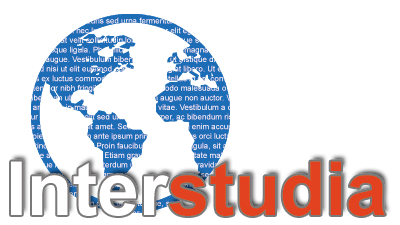Abstract
The aim of my paper is to path the way to further debates on the blueprint of an aesthetical epistemology, that is, of a theory of knowledge at whose hearts lies the visual image.
My thesis is that visual images are the real “engine room” of representations; appearing as unconscious “items”, phantasms, “guiding-images”, or as “clips”, they decide what is happening at the first level of knowledge, the one of representations. Implicitly, the visual images influence ideologies, as well as scientific theories. That’s the reason why I consider visual images as having a strategic place in a culture: they are its most important elements as well as the main instrument of cultural change.
Twenty centuries of logocentrism had to pass, for us to be able to accept this simple phenomenon, which is shown on a daily basis by television and internet. Despite its evidence, some authors still refuse to accept it. In the name of a certain spiritualistic and, in the end, intellectualistic idea of “human dignity”, they prefer to condemn those who let themselves seduced by audio-visual media.
The reevaluation of visual thinking (thinking through visual images) is easier understood by means of a concept belonging to the Romanian researcher Constantin Sălăvăstru – that of aesthetical rhetoric, which Sălăvăstru is treating as opposing the cognitive rhetoric.
As I see it, this new theory of knowledge could explain the unlimited power of visual image in mass communication; also, it could be the foundation of a new rhetoric and of new paradigms of mass communication.

